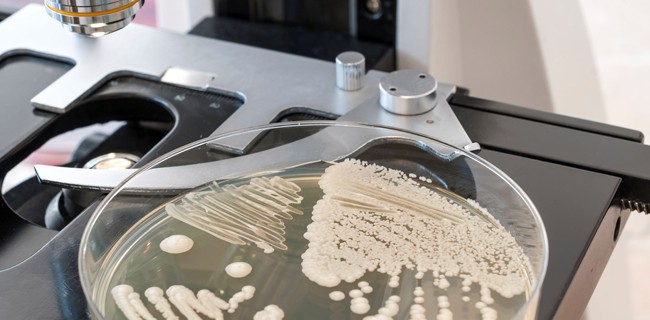Cleaning & Disinfection, Knowledge Base
Particles on Surfaces: Part 2 – The Ties That Bind
In Particles on Surfaces – Part 1, witness wafer and settling plate data showed that particles and bacteria (i.e. viable particles) will settle on cleanroom surfaces. From this we can infer that particles do NOT behave as hard microscopic billiard balls, striking surfaces and rebounding into the air. Rather, through inelastic collisions with the surface, they “stick” there and remain bound to the surface by various forces. Unless some effort is made to remove them, the particle surface density will increase over time. The particles will not disappear from the surfaces by themselves.
Obviously, some binding forces keep the particles on the surfaces and by understanding the nature of the binding forces, we will be better positioned to remove particles from surfaces. Once settled on the surface, particles remain bound through a combination of van der Waals forces, double layer forces, electrostatic imaging forces and capillary forces. Of these, it is the capillary forces that exert the greatest attraction between particles and surfaces. Capillary forces arise from a very thin liquid layer that forms between particles and surfaces. As it happens, the magnitude of the capillary force is directly proportional to the surface tension of the liquid layer. Since the most common liquid to interpose between particles and surfaces is water (originating from the water vapor in the cleanroom) and since water has a relatively high surface tension, it follows then, that the binding force between particles and surfaces will be high.
To recap, particles are primarily held to surfaces by strong capillary binding forces originating from the surface tension of the thin liquid layer between the particles and surfaces. If we want to rid the surfaces of particles (i.e. “clean” the surface), we should examine ways in which we can reduce the surface tension of the water film and simultaneously provide a mechanical means of removing and capturing the particles. Perhaps by wiping?
Next up: Decrease the surface binding forces to remove particles.
You can download this complete series in PDF format by completing the form below





















HAVE AN IDEA FOR CONTENT?
We are always looking for ideas and topics to write about.
Contact Us